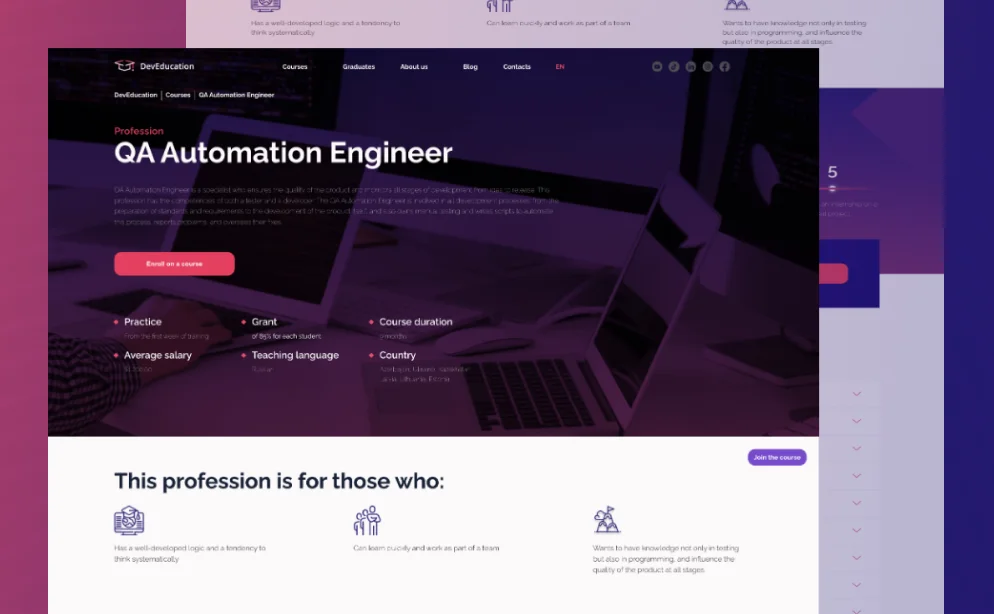In fact, even a little breach could force the closure of an entire manufacturing company. Therefore, staying current on security measures and being mindful of the possibility of costly cyberattacks is important. Before you decide, let’s analyze the disadvantages of artificial intelligence in manufacturing. Additionally, robots are more effective in many areas, including the assembly line, the picking and packing departments, and many other areas.
AI quickly interprets and learns from data to provide predictions and identify trends. Manufacturers generate more data than any other business sector, but they also waste the most data. AI can help manufacturers leverage the full value of big data to improve decision making. Artificial Intelligence will grow at a compound annual growth rate of 38.1% between 2022 and 2030, reaching USD 1,811.8 billion by 2030. The increase in AI-powered applications in various industries is one of the primary drivers of this growth.
NASA’s Evolved Structures Use Generative Design to Fuel New Space Missions
According to Mckinsey Digital, AI-powered forecasting reduces errors by up to 50% in supply chain networks. It reduces lost sales due to out-of-stocks by 65% and warehouse costs by 10 to 40%. The estimated impact of AI within the supply chain is between $1.2T and $2T in manufacturing and supply chain planning.
AI Use Cases in Manufacturing
AI is quickly becoming a required technology to deliver items from manufacturing to customers quickly. Consumers anticipate the best value while growing their need for distinctive, customized, or personalized products. It is becoming easier and less expensive to address these needs thanks to technological advancements like 3D printing and IIoT-connected devices. Adopting virtual or augmented reality design approaches implies that the production process will be more affordable. In a world where change is constant and adaptability is key, manufacturers that embrace generative AI are well-positioned to thrive in the dynamic landscape of Industry 4.0.
It doesn’t get tired or distracted, it doesn’t make mistakes or get injured, and it can work in conditions (such as in the dark or cold) that we humans would balk at. There’s no better way to get customers bent out of shape than to promise a specific delivery or lead time and miss the mark. Founded in 2011, Dozuki has been the leader in connected worker solutions for over a decade. We’ve helped hundreds of companies plan, implement, and scale our frontline digital transformation solution. Manufacturing is one of the most dynamic and fast-changing industries in history.
7 production
The manufacturing industry has always been willing to embrace new technologies. Since the 1960s, drones and industrial robots have made their way into the manufacturing industry. With the introduction of AI, there is a high chance that the Manufacturing Industry will be able to improve its efficiency and empower its employees.
Gigster uses AI to find, vet, and assemble specialized software development teams. We have a flexible model to either provide a team on-demand or fully manage the entire project on our side. We’ve completed over 5,000 projects for global brands like Harley Davidson, Vodafone, Colgate, Total Energies, YMCA, Microsoft, Nike, and Delta. Manufacturers can use AI to proactively address safety concerns by identifying the underlying cause of issues, resulting in lower injury rates, increased productivity, and faster incident resolution. AI can react faster than a human worker if a dangerous situation arises.

This way, the manufacturers can prevent overproduction, which has various negative implications. Aside from avoiding environmental issues and financial loss, it allows the manufacturers to save precious storage space. Using the machine learning models, they can plan the production ahead of time, taking the demand into account. The forecasting methods may involve neural networks as well as regression analysis, SVR, or SVM. Manufacturing companies can use AI in various ways to improve safety on the production floor. The first example of such application – already mentioned in the context of energy efficiency – is lighting automation.
AI-Powered digital twin use cases
This is in addition to the current benefits of AI in manufacturing which include lower costs and a reduced time. However, artificial intelligence (AI) or machine learning (ML) have the ability to accomplish this economically. AI systems, tools and applications can also identify minor defects in equipment. Predictive maintenance is more effective when AI and machine learning are combined.

It enables manufacturers to create customized products, facilitate rapid prototyping, and drive innovation in manufacturing processes. The U.S. Department of Energy data shows that predictive maintenance can save 8% to 12 percent over preventive care, and decrease downtime by between 35% and 45%. Executing AI-powered manufacturing solutions may aid in the automation of processes, allowing firms to create smart operations that cut costs and downtime. Department of Energy data, predictive maintenance can provide savings of 8% to 12% over preventive care. As the use of predictive maintenance scales across the company, this data will become extremely valuable. AI could uncover relationships between information like environmental conditions and machine performance.
What Is Artificial Intelligence In Industry?
Machine learning algorithms are trained to find relationships and patterns in data. KPMG can help manufacturing enterprises respond to key issues such as innovation, lean manufacturing, time to market, quality and climate change. We bring deep industry expertise and global best practice to help Australian manufacturers establish themselves as global leaders. Talk to us about how you can embrace Industry 4.0, sustain your existing business, embed new processes and drive operational efficiencies and agility to become more competitive. For a circular economy, the first port of call is to understand your baseline data, including waste, emissions and energy.
- X.AI’s ai-powered manufacturing process is able to produce a pair of shoes in just minutes, and the company plans to expand its technology to other industries such as apparel and automotive.
- It doesn’t get tired or distracted, it doesn’t make mistakes or get injured, and it can work in conditions (such as in the dark or cold) that we humans would balk at.
- The result was a profoundly complex landscape around nanotechnology development that promised incredible advances yet was rife with uncertainty and the risk of losing public trust if things went wrong.
- This popularity is driven by the fact that manufacturing data is a good fit for AI/machine learning.
- They outfit items and site assets with GPS trackers or RFID labels, which they can use to track things as they move throughout a factory or warehouse.
- Inventory management involves many factors that are hard for humans to handle perfectly, but AI can help here.
- We’ve helped hundreds of companies plan, implement, and scale our frontline digital transformation solution.
Survey participants were asked what percentage of jobs across the global economy in 2024 will be augmented by AI-driven software, and 26-50% of jobs was cited by 41% of those surveyed. Over one-quarter (28%) cited 1-25% of jobs; another 26% cited 51-75% of jobs, and 5% cited % of jobs. The study, which included 350 chief technology officers, chief information officers and IT directors, covers the most important technologies in 2024 and future technology trends. The BMW Group uses computerized image recognition to ensure quality assurance and inspections. Factory operators rely on their intuition and knowledge to modify the settings of equipment while also keeping an eye on different indicators on multiple screens.
Pros of AI in the Manufacturing Industry
The factory’s combination of AI and IIoT can significantly improve precision and output. The upkeep of a desired degree of quality in a service or product is known as quality assurance. Utilizing machine vision technology, AI systems can spot deviations from the norm because the majority of flaws are readily apparent. By making the supply chain more efficient, generative AI reduces costs and ensures perfect stock levels.
Manufacturers can increase production throughput by 20% and improve quality by as much as 35% with AI. Robots have a wide range of potential uses in manufacturing facilities. Machine vision is included in several industrial robots, allowing them to move precisely in chaotic settings. As manufacturing continues to evolve what is AI in manufacturing through Industry 4.0, embracing AI-based solutions is a necessity for businesses aiming to stay relevant in the market. Generative AI in manufacturing analyzes data from sensors to identify patterns and trends. It allows manufacturers to schedule maintenance proactively rather than reacting to failures after they occur.
Robotic Process Automation in Manufacturing: Benefits, Use Cases, and Examples
This data is utilized to generate models of products that offer improved performance or lower costs compared to traditional designs. Additionally, machine learning enables the automation of the design process, empowering designers to quickly refine their ideas and create superior products in less time. It enhances productivity and facilitates the development of innovative and cost-effective solutions.
